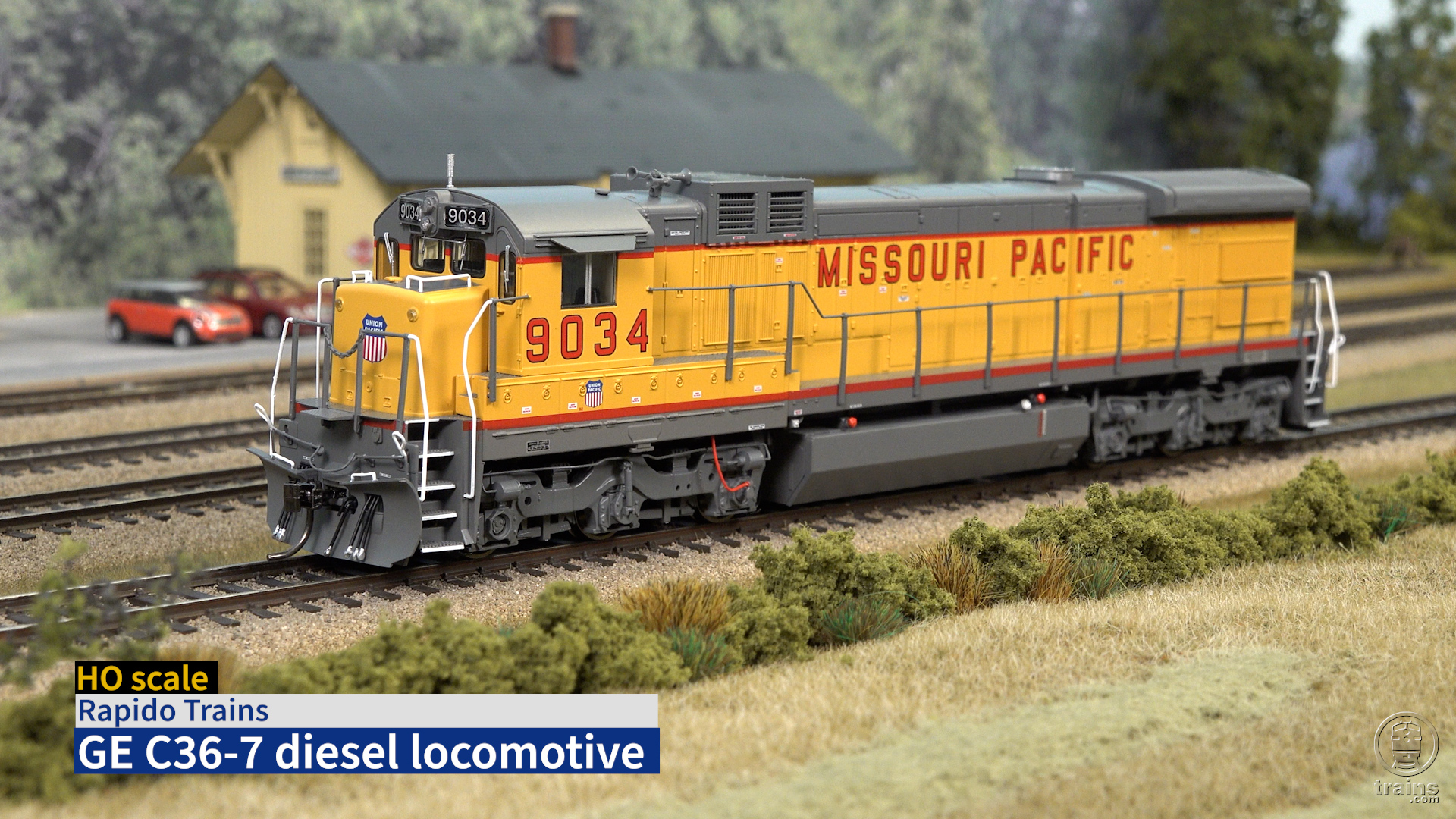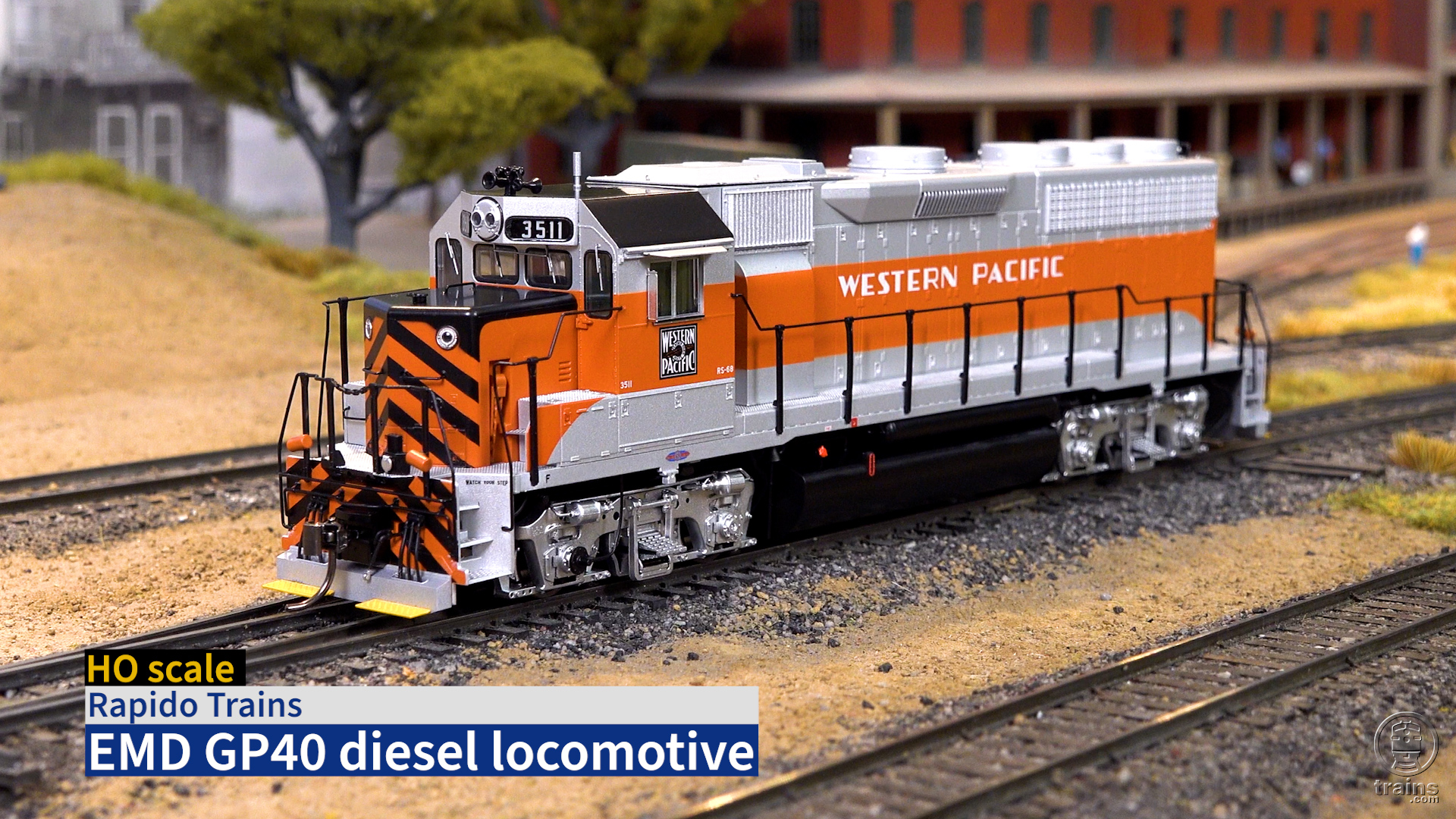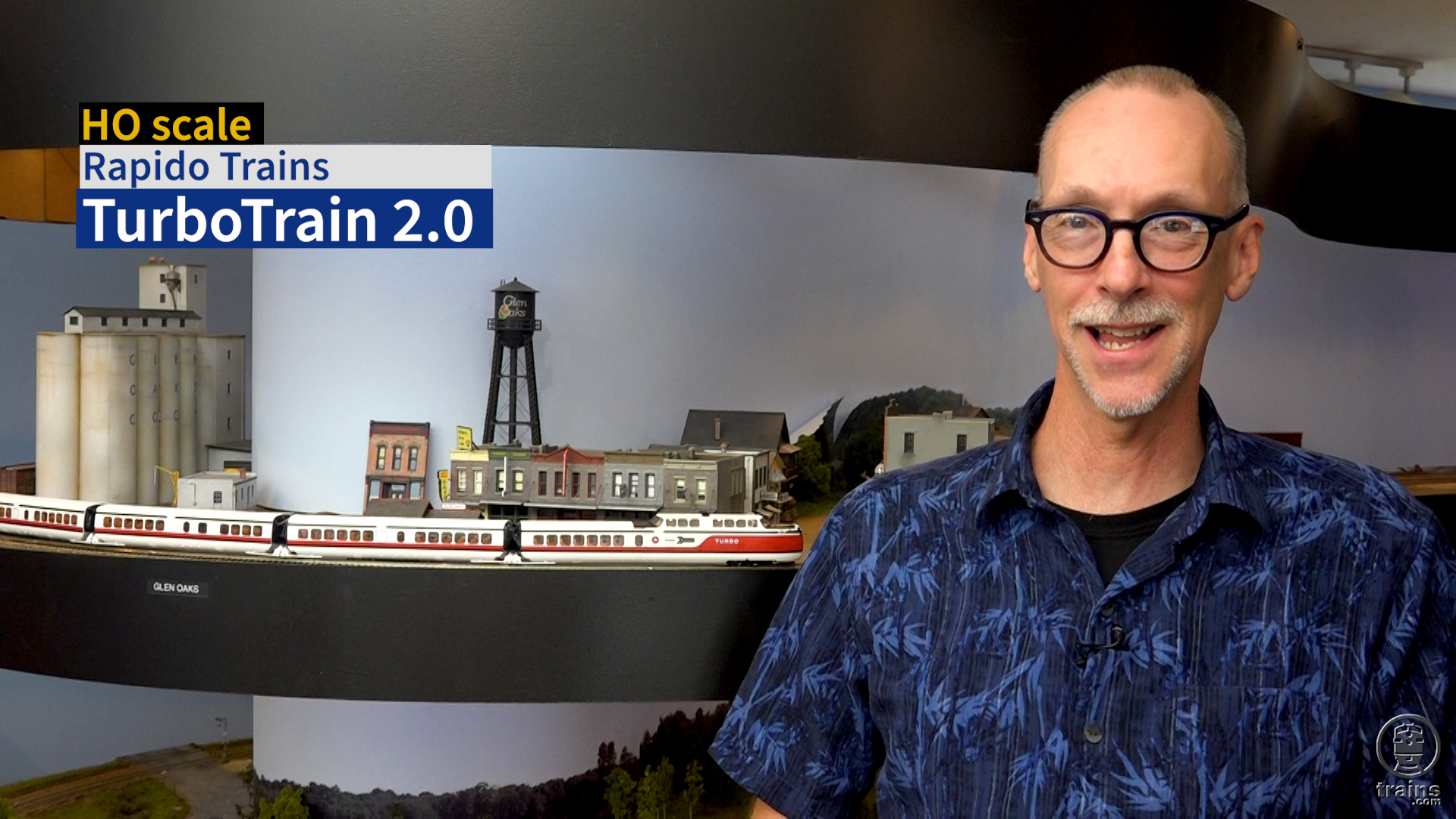The cars are offered in both Amfleet I and II body styles. The Amfleet I models depict an 84-seat coach and an Amcafe. The Amfleet II models are offered as a 59-seat coach and an Amlounge. Walthers’ cars match published dimensions exactly.
The prototype. When Amtrak started passenger service in 1971, it began with a fleet of equipment culled from the nation’s railroads. Most of the equipment was 20 to 30 years old, and it was built to meet the needs and standards of its myriad owners, creating compatibility issues for the passenger carrier.
A surge in ridership in 1973 during the Arab oil embargo prodded Amtrak to purchase new equipment designed to work on a nationwide network. Those cars became known as Amfleet.
The cars were built in two batches, delivered in the mid-’70s and then in the early ’80s. The earlier cars – Amfleet I – have smaller windows and vestibules at both ends. Amfleet II cars have enlarged windows and only one vestibule.
The model. The model’s plastic body shells are strikingly decorated, with a plated finish that represents clean stainless steel. The striping and lettering are clear and sharp, with crisp registration where the red, white, and blue bands wrap around the windows. Decals for numbering are included.
To get to the interiors of the models, the instructions say to remove six screws from the bottom of the floor and lift the shell off. Because of the curved, tubular shape of the body, the interior bulkheads have to be coerced out of the shell. Do not pull on the trucks to remove the shell – I pulled a wheelset out of the truck. It might be easier to remove the press-fit ends from the body shell first.
The ends can be removed by carefully prying them from the shell with a chisel blade in a hobby knife. Just watch out for the small pins that hold the ends into the body shell. Their locations are shown on the exploded-view drawing of the car.
During performance testing, the cars would not roll down the 3 percent grade that connects the staging yards on Model Railroader’s Milwaukee, Racine & Troy layout. After oiling the bearings in the metal and plastic General Steel Castings trucks, the cars would roll to the bottom of the grade and stop.
In comparison, a Walthers Superliner car raced down the hill, out of staging, and onto the layout with me chasing after it until it finally rolled to a stop on the other side of the layout room.
The cars had no trouble negotiating 24″-radius curves on our MR&T layout, but they will look best running on the widest turns possible. There was also no trouble getting them through various no. 6 switches on the layout, both pulling and backing.
With a wide range of schemes available and with most of these cars still on the rails today, Walthers’ Amfleet cars would bring a little shine to any layout set from the mid-’70s on that needs passenger equipment.
Manufacturer
Wm. K. Walthers Inc.
5601 W. Florist Ave.
Milwaukee, WI 53218-1622
www.walthers.com
Paint schemes
Amfleet I Coach and Amcafe:
phase 2, $74.98; phase 1 (2 arrows), phase 1 (1 arrow), phase 3, phase 4, and phase 4b, $79.98 (unlighted), $89.98 (lighted)
Amfleet II Coach and Amlounge:
phase 3, $74.98; phase 4, and phase 4b, $79.98 (unlighted), $89.98 (lighted)
Era: 1975-present
Features
- 36″ turned metal wheelsets, RP-25 contour, in gauge
- Car number decals
- Detailed underbody equipment
- Factory-installed grab irons
- Paint color matched to Amtrak standards
- Proto-Max metal knuckle couplers mounted at correct height
- Prototypical “smoked glass” windows with gasket details
- Simulated stainless steel finish
- Weight: 6.9 ounces (matches NMRA Recommended Practice 20.1)














